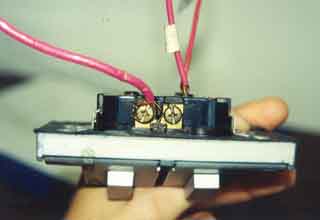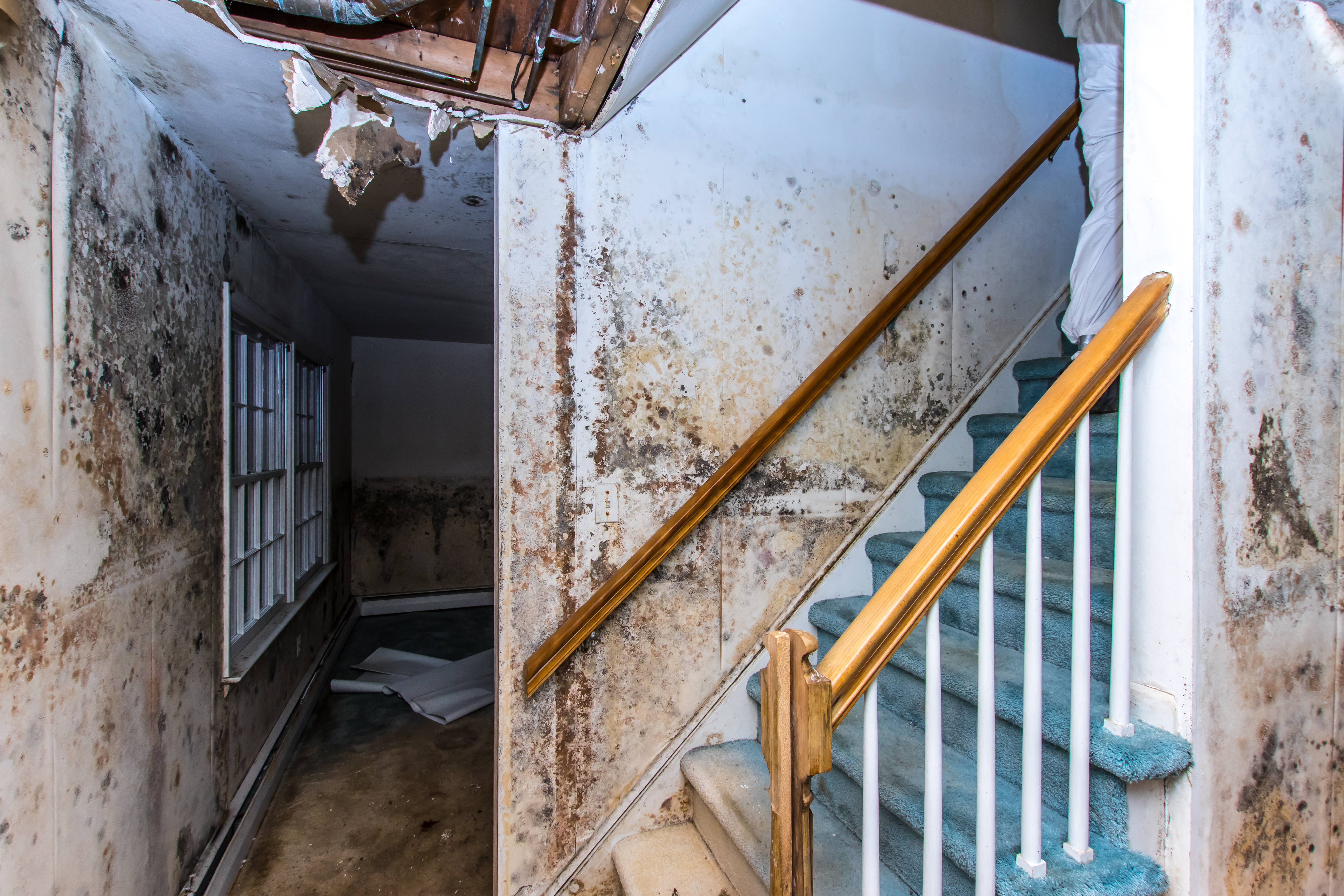CED Technologies Inc. was recently involved in a products liability case that demonstrated how important an innovation expert can be in effecting the outcome of the case. This case involved a dehumidifier that was alleged to be responsible for a house fire where the assessed loss was in excess of two million dollars. The home in this case was a very expensive and newly constructed residence that was located in Florida . A year after the house was completed, the homeowner noticed condensation on the ceilings and rusting of the lighting fixtures located in the ceiling of the residence. The homeowner contacted the HVAC contractor who installed the air conditioning equipment in the house and asked him to fix the problem. The HVAC contractor discovered that the condensation problem was due to excessive humidity in the un-vented and ceiling insulated attic of the residence. The HVAC contractor decided that the best way to solve the attic excessive humidity problem was to install two dehumidifiers in the attic and run the dehumidifiers continuously. A year after the dehumidifiers were installed in the attic, a fire occurred in the attic. The origin of the attic fire was traced to one of the dehumidifiers.
Subrogation related to the fire alleged that the dehumidifier was defective and that the defect in the dehumidifier had caused an attic fire. The initial cause and origin examination of the fire was correct in that the house fire was in fact caused by one of the dehumidifiers in the attic. A CED engineer was retained by the dehumidifier manufacturer and was asked to determine why the dehumidifier caused this particular fire. A site inspection was conducted by the engineer and the inspection yielded significant information in this case. First, the attic was constructed with no ventilation openings and/or attic fans which are typically installed in attics of this design. Secondly, the rafters of the attic were covered with a sprayed on insulating foam material. Due to the south Florida location of the home and the un-vented nature of the attic, it was determined that the temperature in the attic could reach 140 degrees Fahrenheit during the summer afternoon hours.
Knowing that the typical use for dehumidifiers was not in an attic situation, the CED engineer immediately questioned why the HVAC contractor had elected to install dehumidifiers in an excessively hot, un-vented attic in a Florida residence rather than simply vent the attic by conventional means. The CED engineer noted that continuously operating two dehumidifiers would significantly increase the electric consumption for this residence. The CED engineer also noted that continuously operating dehumidifiers in an excessively hot attic would create major performance problems for the dehumidifiers that should have been known by a competent HVAC contractor.
The CED engineer decided to obtain an exemplar dehumidifier and to operate the dehumidifier in an un-vented space at excessive temperatures. A test booth was constructed and instrumentation was placed both in the booth and on the exemplar dehumidifier. The test booth was made very humid by placing water trays in the booth. The dehumidifier was operated at the elevated temperatures in the test booth for only a few hours and the results that were collected were astounding. As the temperature in the test booth, increased, the amount of electrical current used by the dehumidifier compressor increased drastically. As the test booth became excessively hot, the dehumidifier stopped removing any of the humidity from the air. This experiment proved that operating the dehumidifiers in the hot attic of the Florida residence did nothing to remove humidity from the attic. This experiment also proved that as the temperature in the attic became excessive, the dehumidifiers became electrically overloaded and operated beyond their design limits.
It was concluded in the engineering report that the dehumidifiers involved in this case did not have a design problem that caused fire. It was also concluded that any competent HVAC contractor should have known that installing dehumidifiers in an un-vented attic of a south Florida residence could cause operating problems and potential fire problems with the dehumidifiers.
At CED/Accident Analysis Inc., engineers are encouraged to “Think Outside the Box”. Innovative thinking and creative testing has helped many of our clients prove why and how an accident has occurred. The use of engineering and science principles at a deposition or in a courtroom is a powerful tool in resolving litigation cases. For more information , click Case Manager to send an E-mail Request or contact one of our regional offices or contact us at the telephone numbers listed.






